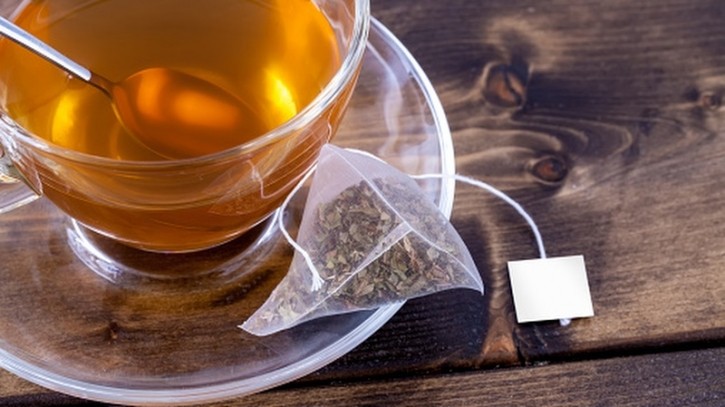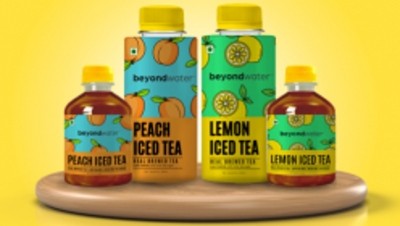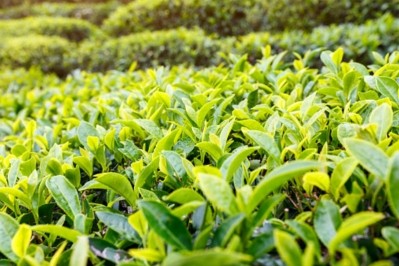Tea-ing up the competition: Unilever India predicts strong challenges from smaller players in the coming year

HUL recently released its Q3FY2023 financial results, reporting 4% year-on-year increase in underlying sales growth to hit a turnover of INR150.3bn (US$1.81bn) and also 4% year-on-year increase in net profits to INR27.2mn (US$326,740).
According to the firm’s CEO Rohit Jawa, the turnover is a ‘milestone’ for the firm, but expectations need to be tampered with caution as there are multiple challenges still expected ahead.
“Amist a challenging backdrop, we delivered a resilient performance in the quarter, scaling a new milestone by crossing the INR150bn quarterly turnover mark for the first time,” he said in an call announcing the financial results to investors.
“The good news is also that price growth in the market is tailing off [with] FMCG players continuing to pass on the benefit of lower input costs to consumers - This is reflected in a reduction in market price growth from 8% in Q2 to 3% in Q1.
“That said, consumers are yet to experience the deflation which largely explains why the volume recovery is gradual.
“[However], we are seeing heightened competitive intensity in categories such as tea, with the resurgence of many small and regional players who had vacated the market during the peak of inflation [but are starting to] grow significantly ahead of large players.”
HUL is the manufacturer of major tea brands such as Lipton and Taaza in India.
“Tea was the first category where we saw consumers downgrading [when the inflation started to hit] as it was one of the commodities which saw significant inflation,” HUL CFO Ritesh Tiwari added.
“There was a wider price difference between Plainer Tea and Premium Tea as the former had a better crop in the past year - smaller loose tea players tend to use Plainer Tea, [so this meant the inflation] drove a shift more towards loose tea, hence smaller players.
“We are innovating in our tea category as well - for example, Lipton Green Tea was re-launched in the quarter with a better tasting blend.”
Another category that took a hit by inflation was Health Food Drinks (HFD), namely the brands Horlicks and Boost, due to their high milk content.
“HFD is an under-penetrated category and our focus has been on recruiting new consumers into the category, [which we have done] through access packs, focused communication, increased distribution coverage and doubling down on home-to-home connects in a category which was relatively stagnant for many years prior,” Tiwari said.
“But while recruitment of new consumers into the category has been healthy, consumption across existing users has declined over last few years [as] the category was initially impacted by COVID-19 and recently by high inflation, especially that of milk.
“High milk prices create a double whammy impact for HFD - not only it is an ingredient in the production of HFD, but typically the product is consumed with milk. Hence the end-cup cost of Horlicks and Boost saw a significant increase in past few quarters.”
Tiwari added that the firm hopes that its investments into manufacturing efficiencies will help it to improve resilience against inflationary impacts over the next few years.
“We have unlocked many planned cost synergies, with some more expected to come from manufacturing efficiencies over the next two to three years - These synergies have provided us the fuel for growth to invest in growing the business and countering the impact of inflation,” he said.
“In addition, we have extended our Horlicks Plus range with two new variants - Strength Plus for adults and Growth Plus for children, in selected geographies and channels [as well as launched a] campaign focused on higher immunity benefits.”
Outlook
Looking further down the line, the firm has maintained a cautiously optimistic stance.
“Looking ahead in the near term, we remain cautiously optimistic as [moderating] inflation and upcoming festive season should improve consumer sentiment,” Tiwari said.
“We do also see that price growth will be marginally negative if commodity prices remain where they are.
“At the same time, we need to be watchful of heightened competitive intensity, volatile global commodity prices as well as the impact of uneven monsoon on crop output and reservoir levels.”








